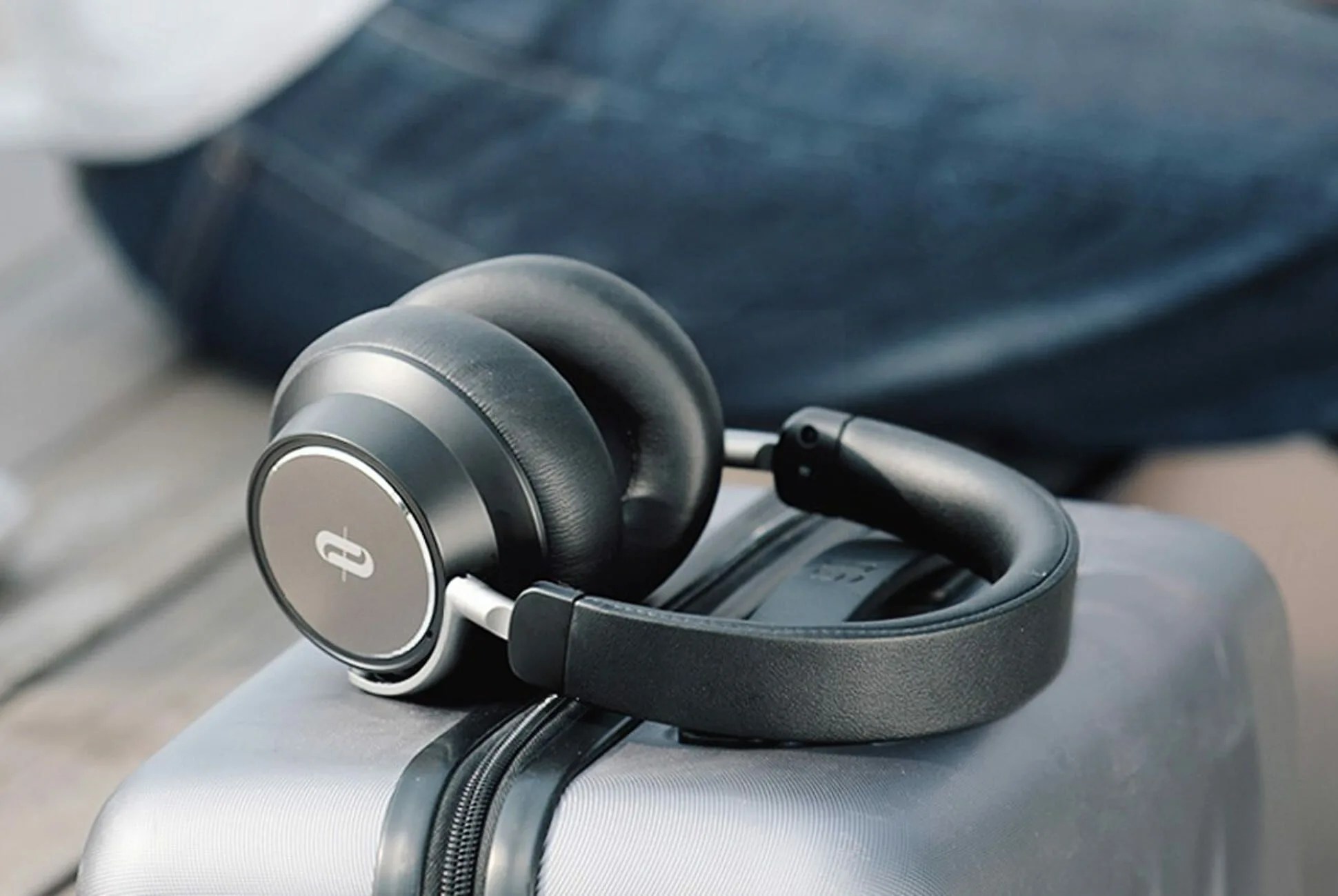Almost 20 years after Bose released its first pair of noise-canceling headphones in 2000, the popularity of the cans that can actively blot out the noise of the outside world has exploded. Today, Bose and (more recently) Sony are the two industry leaders, with the Bose QuietComfort35 II ($350) and Sony WH-1000M3 ($348) setting the standard for noise-canceling headphones, but they’re really only the tipping point, and a new breed is on the horizon.
It used to be that there were only really two types of noise-canceling headphones you had to know about: passive or active. Passive noise-canceling, more of a marketing term than anything, means that the natural shape of each earcup blocks out the ambient noises. There’s no technology, microphones or anything that requires a battery. Passive noise-canceling headphones are really just over-ear headphones, perhaps with a little extra design to help them fit snugly.
Active noise-canceling (ANC) headphones, on the other hand, are much more sophisticated and effective at blocking out cacophony. ANC headphones have built-in microphones that listen to ambient noises and then “actively” seek out and destroy them by creating inverse sound waves that clash with the bad noises, physically neutralizing the waves of air that register as sound before they reach your ears. The Bose QC35 II and Sony WH-1000M3 are two prime examples of active noise-canceling headphones.
However, more headphones are being advertised as “hybrid” noise-canceling headphones. The TaoTronics SoundSurge 46 ($100) and the Jabra Elite 85h ($250+) are two new examples that tout hybrid noise-canceling technologies, but what does it mean?
Hybrid noise-cancellation is a type of active noise-cancellation: it relies on microphones to seek out ambient noises and then cancel them out. But where it’s common for most active noise-canceling headphone designs opt to place microphones solely on the outside or solely on the inside of the earcups, hybrid noise-canceling headphones have both.
Generally, active noise-canceling headphones with internal microphones tend to sound great, but have less-than-optimal noise-cancellation powers. This is because the microphones hear when the listener hears (since the mics are on the inside), and they know exactly what sounds to block out without polluting the actual music that is attempting to reach your ears. Unfortunately, this approach typically can’t handle louder noises and higher frequencies, however, so the noise-cancellation isn’t as good.
With active noise-canceling headphones that have external microphones, the opposite is true. Since the mics are on the outside, they tend to block out a wider range of frequencies and can do better with generally louder sounds. The downside is that they typically create more “anti-noise” and this can negatively impact sound quality.
